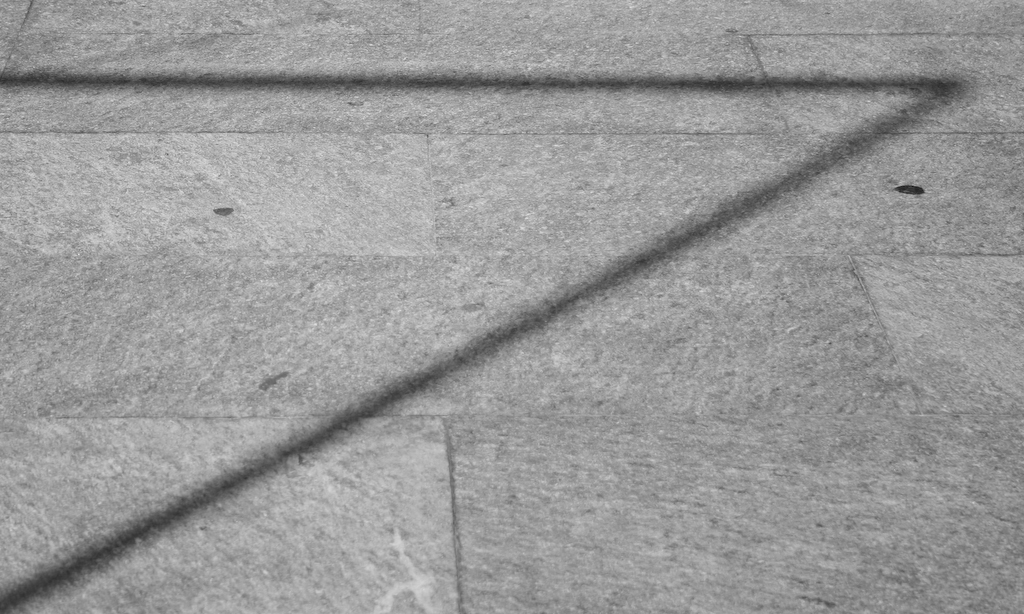Information on the interpretation of RADMON data
The intensity of the radiation is indicated in nSv/h
(nanosievert per hour).
For occupational exposure, the limit is 50 mSv in a single year with a maximum of 100 mSv in a consecutive five-year period, and for the public to an average of 1 mSv (0.001 Sv) of effective dose per year, not including medical and occupational exposures.
100 mSv mean 1.000.000.000 nSv, 100.000 hours of constant exposure to 250 nSv/h!
(a single radiography may expose to up to 700.000 nSv)
The natural average ambient dose rate is between 50 nSv/h and 250 nSv/h,
depending on the local conditions.
(The radiation released by the Chernobyl nuclear accident in 1986 now
contributes only a small part to the "natural" gamma ambient dose rate)
The external radiation exposure at any given place remains largely
constant.
Increase due to snow and rainShort-term increases up to a factor of 2 occur
where radioactive decay products of radon, a natural radioactive noble
gas, are washed out of the atmosphere by precipitation and are deposited
on the ground.
These occurrences are almost always linked with precipitation.
It is typical for natural occurrences that the ambient dose rate
increases for a short period of time and returns to its ordinary level
within just a few hours.
The decrease of the ambient dose rate is usually asymptotic (the curve
approaches the original level slowly) with a typical half-life period of
30 minutes; it occurs usually more slowly than the increase.
Snowfall may also lead to an increase of the ambient dose rate as in the
case of rain, in particular if the ground was free of snow before.
After the ground is covered with snow, however, the ambient dose rate
will remain on a lower level. The snow shields the terrestrial radiation
effectively.
Once the snow begins to thaw, the ambient dose rate will return to its
former level.
In addition to such short-term variations, the trend of the ambient dose
rate is also subject to seasonal variations over longer periods of time
that can amount to several 10 nSv/h.
The primary reason for this are constant changes in soil moisture, the
geology of the ground, the surface properties of the ground and the
microclimate on site.
CAUTION !
Please note that the hourly measured values published are
unverified
raw data that may not be free of technical interference.
Radiological incidents only give reason to worry if a significantly
increased ambient dose rate is registered over a long period of time
(e.g. one day or longer) or if the increase is more than two-fold and
there is no reason to suspect a technical failure.
Temporary increases of the ambient dose rate caused by radon decay
products being washed out of the atmosphere, as described above, cannot
be considered as abnormalities.
Unusual values detected in the measuring system always have to be
subject to an intensive plausibility check.



